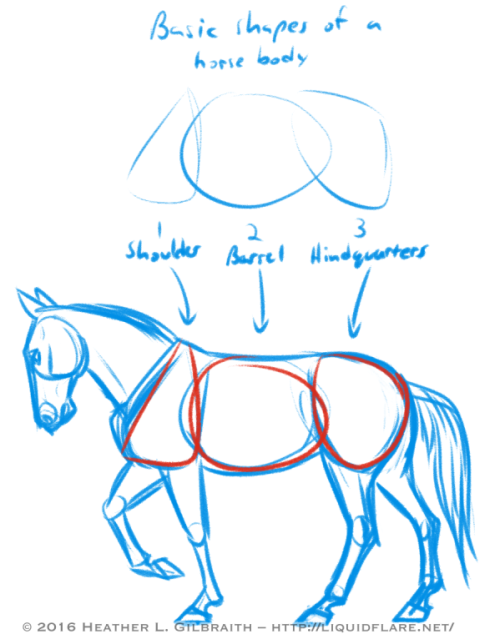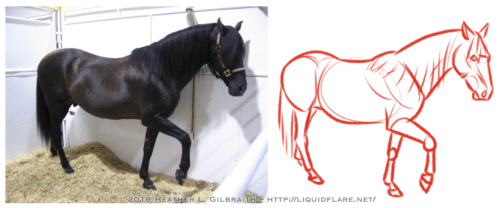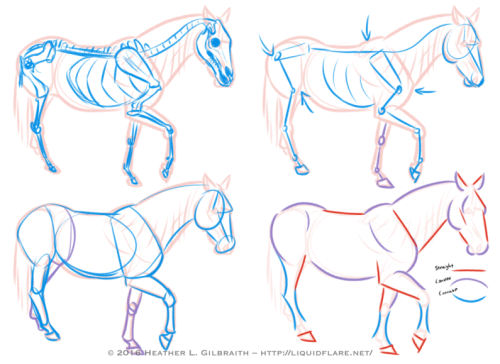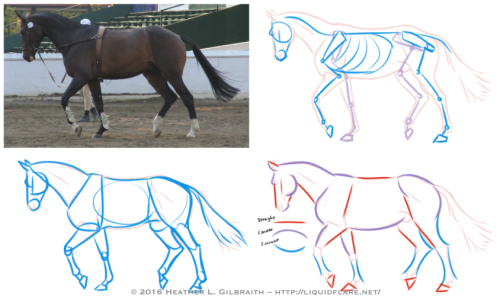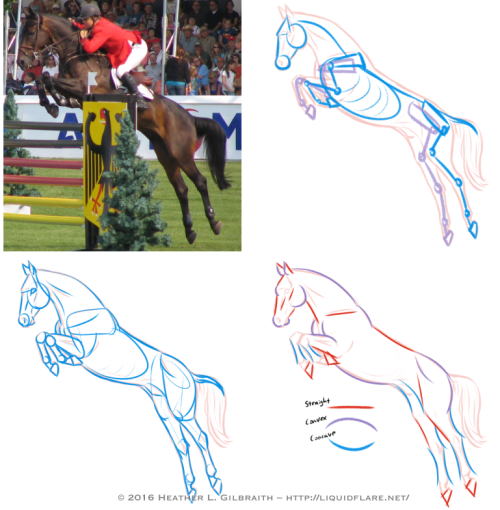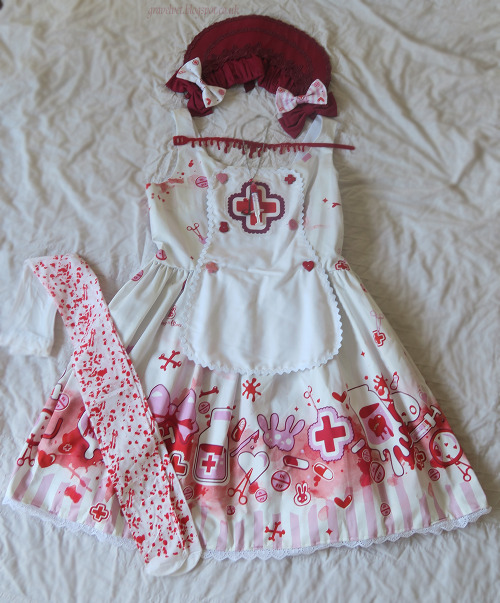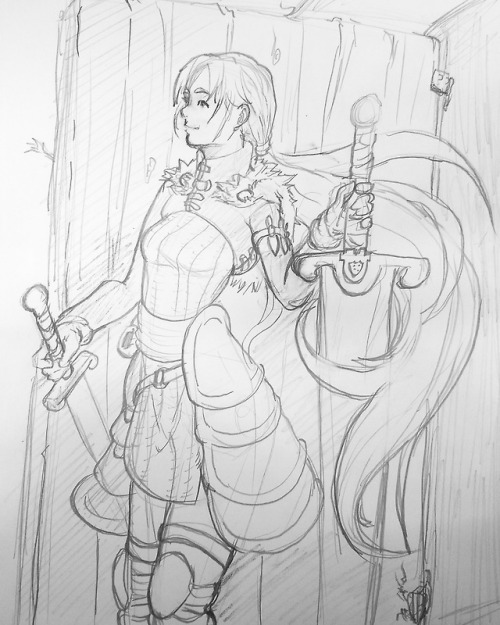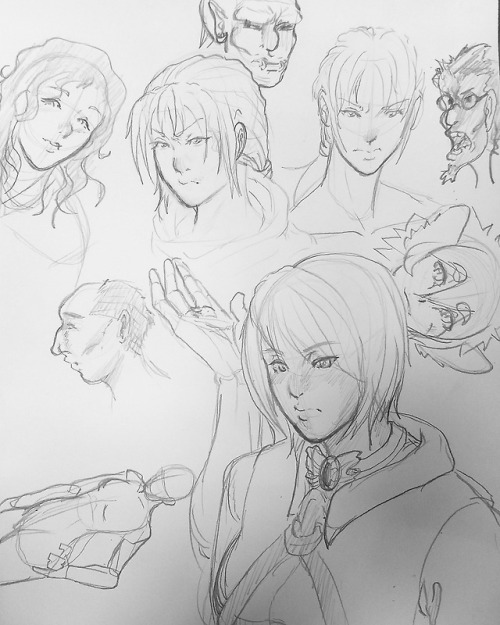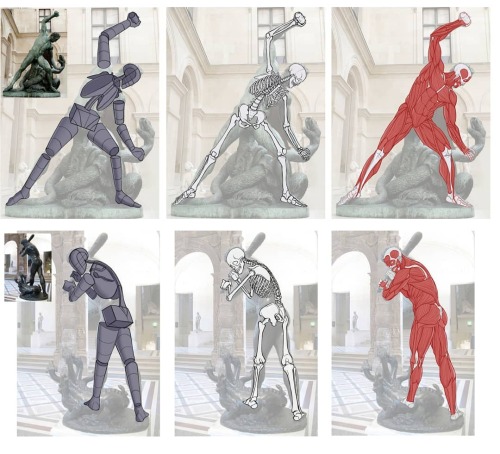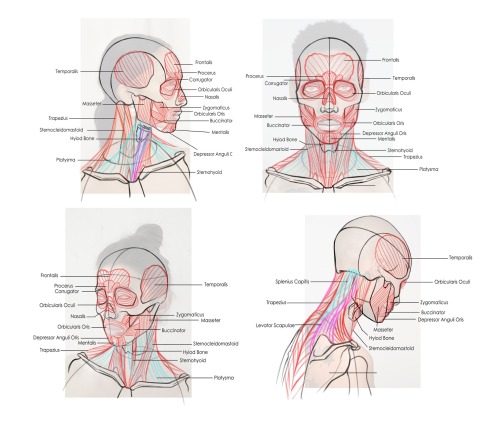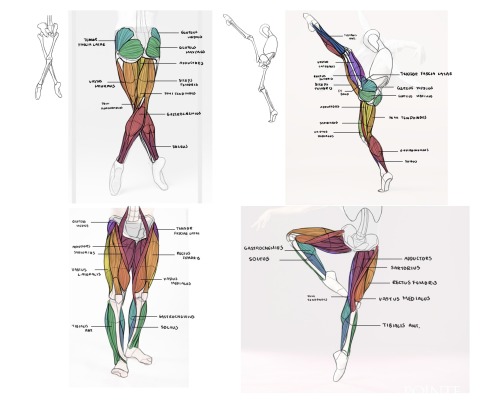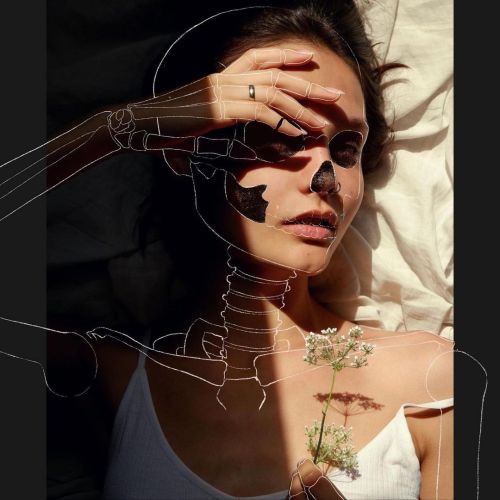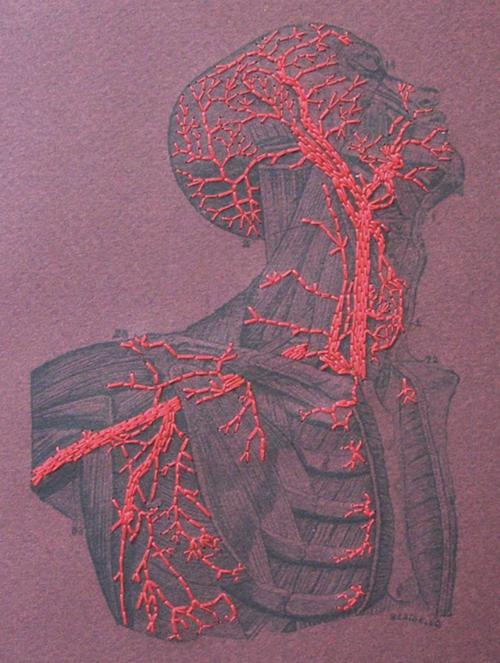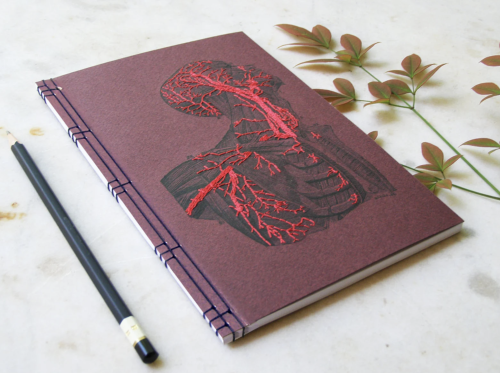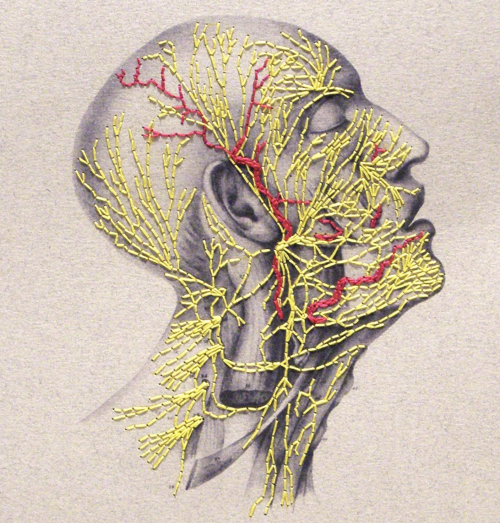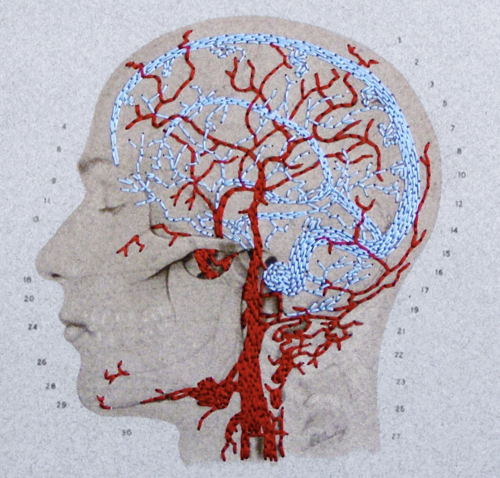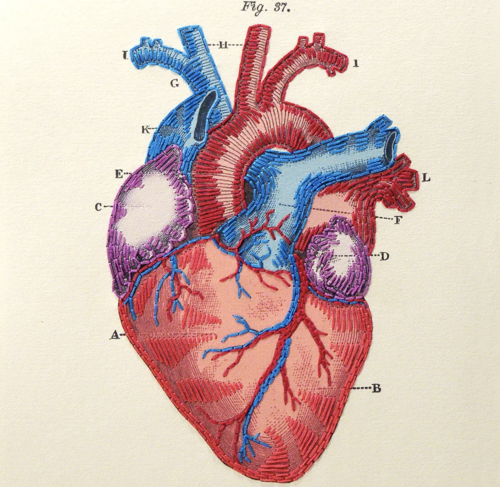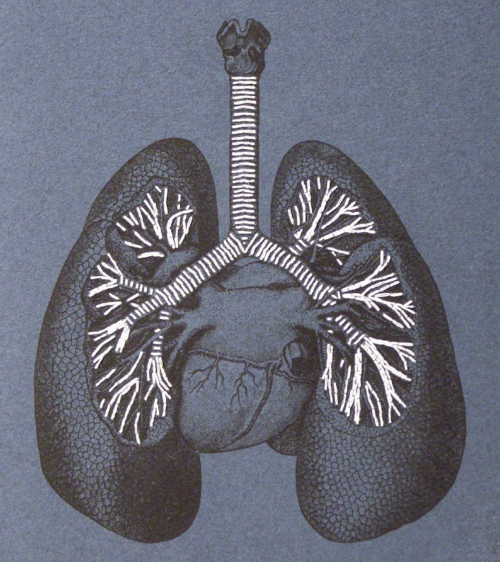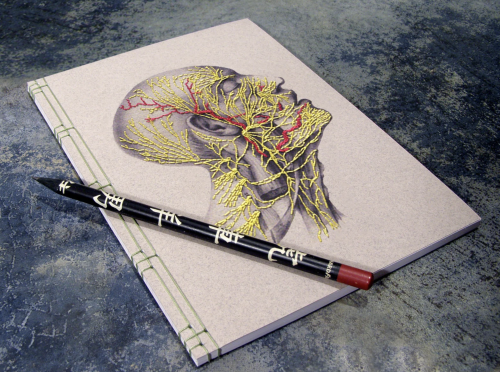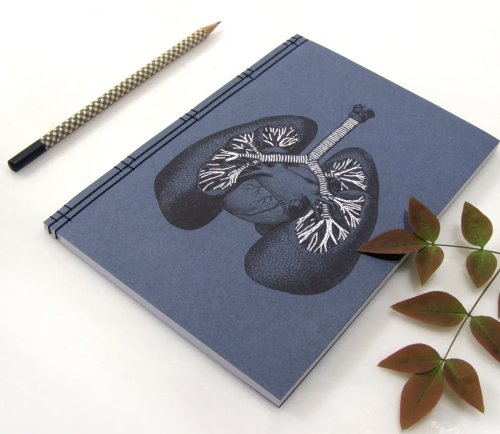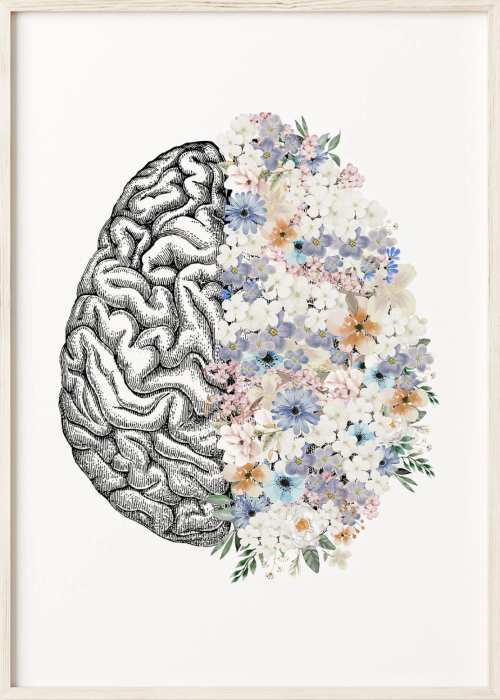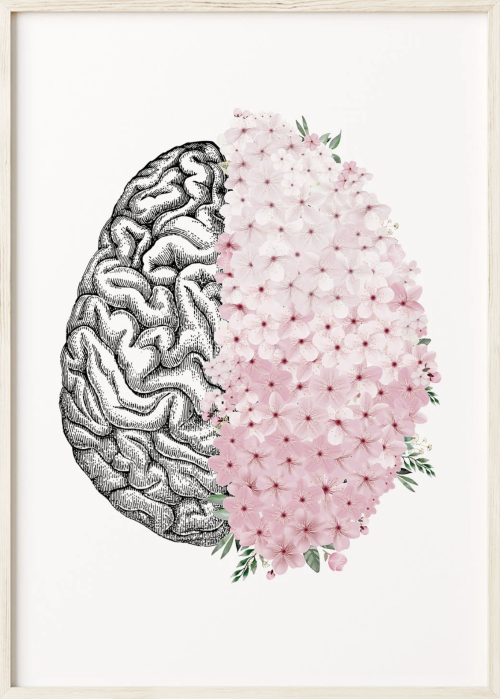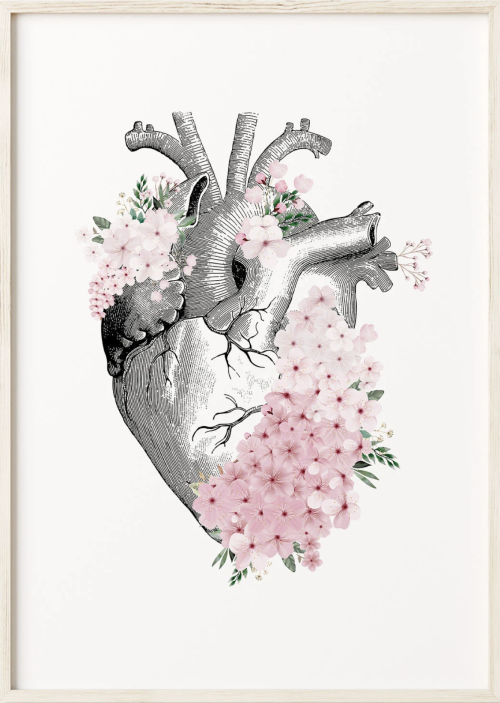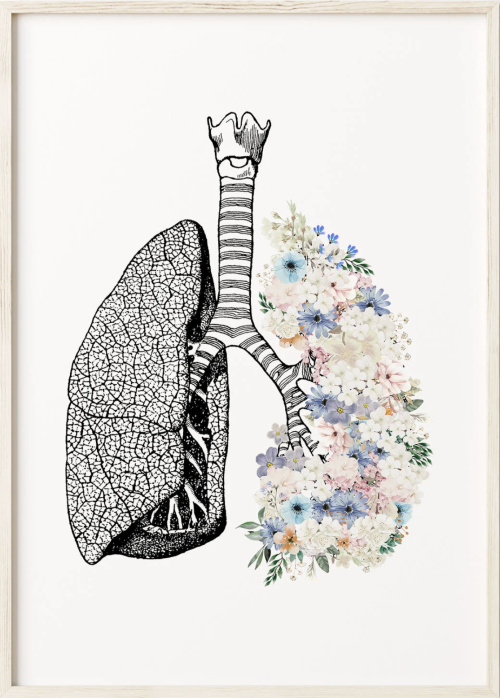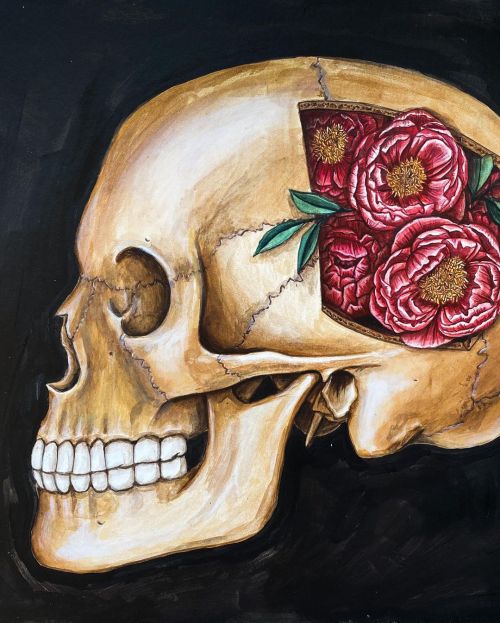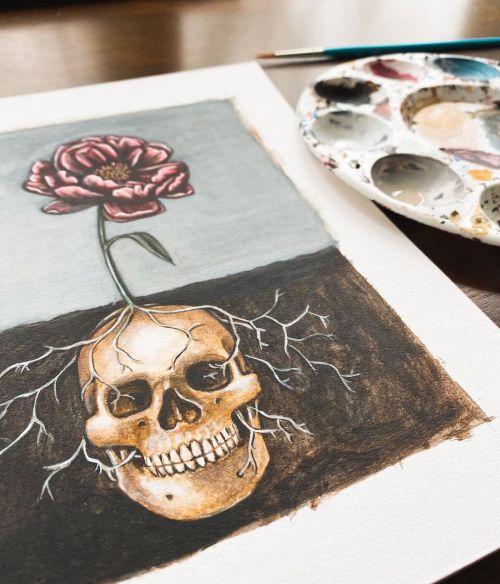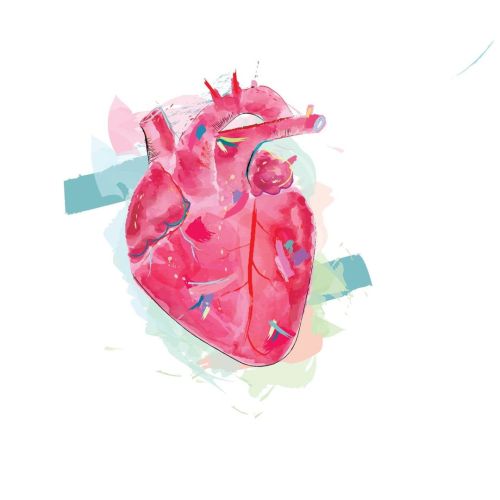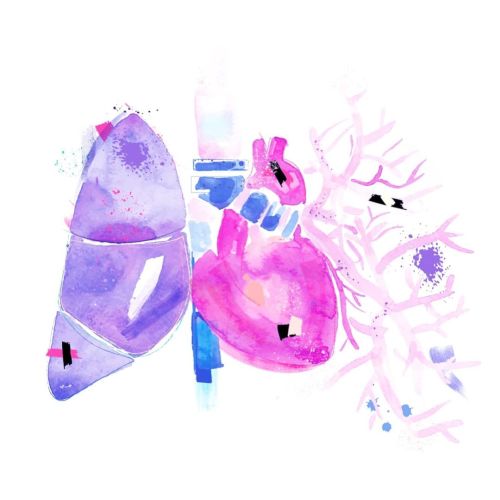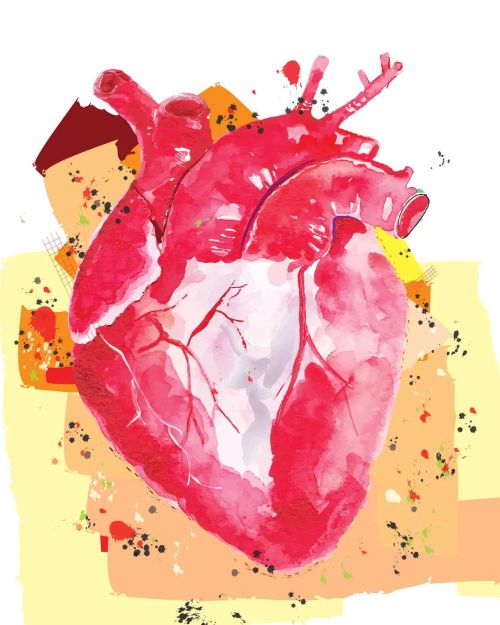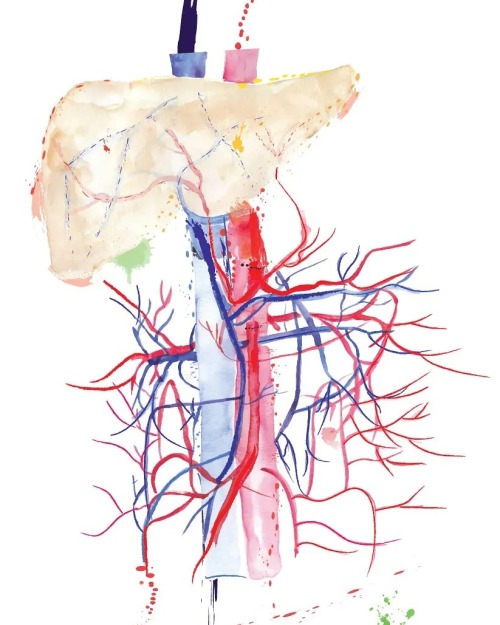#anatomy

quick skull practice

Daily study #02
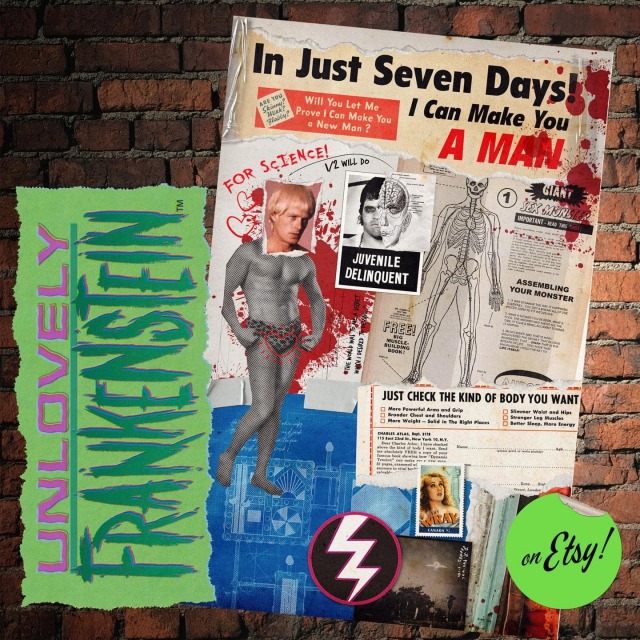
In just 7 days I can make you a man.
“I’m too much of an asshole for anything beautiful.”
It was like fact. For example we have 206 bones in our whole body. Concrete.
I knew I didn’t deserve you. The way the thickness of your beard tickles my neck as you kissed down my body.
Yeah, I liked that. Yeah, I was a greedy asshole. I wanted more.
As compacted as a brick, I stated that. Your beard busts open in a laugh, rolling from your ribs.
“Bonehead, I love you for all the mess you are.”
And my 206 bones, melted.
Butter in a hot skillet.
Beard to skin on sticky sheets.
You.
And me -Asshole.
And love.
Asshole love.
e.m.
– Horse Drawing Tips –
Hello, all! I thought I’d put this together to try and give people a place to start when trying to learn about and understand horse anatomy. Drawing horses, like anything else, definitely requires some work and observation to be able to draw confidently, but some of the these ideas/tips can help you find ways of analyzing references and simplifying forms to make the journey easier. Drawing horses doesn’t have to be scary! Read on for some notes on the drawings above…
Basic Shapes of a horse body:
Use these shapes to help you block in the body forms of your horse and to help you simplify the anatomy of the horses you draw. When you study photos of horses, try to see how these shapes move/stretch in relation to the horse’s pose/action.
Horse Anatomy Studies:
1) Standing/Walking:
a. Reference photo – Start with a photograph that you’d like to study. Try to choose a clear one with visible anatomy (obscured as little as possible) and interesting shapes.
b. Outline – The outline gives me a point to start from to analyze the anatomy of the horse from the photograph. I use it as a guide for the next few steps.
c. Skeleton – The skeleton usually takes too much time to do with every photograph, but it’s very helpful to be aware of the bones of a horse, so you know what you’re working with. Do a few of these with a drawing/photograph of a horse skeleton for reference and familiarize yourself!
d. Simplified Skeleton – Then draft out a quick, “simplified” skeleton. Try to block out the important angles, joints, and important anatomy reference points, such as the shoulder/elbow bones and the hip/knee bones. These angles will go a long way to helping you get the proper feel for a horse and the way its body naturally moves.
e. Simple Block Shapes – From there, block out the forms of the horse. Keep the skeleton in mind, but be aware of the masses of muscle and fat that moves with and covers the bones. Find ways to simplify the shapes that work for you, and try using these shapes in the future when blocking in a drawing of a horse.
f. Curves vs. Straights – Juxtaposing curved (both concave and convex) and straight lines helps to emphasize the anatomy, and add a pleasing sense of rhythm to your drawing. Experiment with emphasizing convex curves vs. concave curves, or straights against curves, etc., to get a look that is pleasing to you and also compliments the horse’s anatomy.
2) The Trot:
The trot is a horse’s natural “jogging” gait, the next gait up from a walk. When trotting, the horse almost always has at least one, usually two, hooves on the ground at any moment. Remember that in most cases, horses walk/trot/canter/etc. with opposite legs moving together or in sequence; for example, right front leg raised, and left back leg raised, while the other two legs (left front leg and right front leg) are bearing the weight. Remember this when sketching your horse’s pose! (The exceptions to this are pacers and Icelandic horses doing the “tolt”, feel free to look them up!) When drawing this gait, it is sometimes helpful to emphasize the two opposing legs that mirror each other; with two legs straight/weight-bearing, and too legs extended/bent/moving. Keep the opposing legs in tandem with one another and you’ll have this gait down!
3) The Canter/gallop:
Cantering is a horse’s natural running gait. In this gait it’s possible for all of a horse’s hooves to leave the ground for a moment with each stride. If a canter is a horse’s equivalent a human’s run, then a gallop is a sprint; in a gallop a horse reaches its maximum stride length and speed, though they don’t have the endurance to keep a full-on gallop up for long. When drawing the canter, watch out for which legs are bearing the weight and use that the guide you. (In my photo example, the right back leg and the left front leg are currently bearing the weight, with the right front leg about to take the weight to allow the left front leg to raise. Ugh, complicated…!)
4) The Jump:
It’s when jumping that a horse reaches its maximum “stretch”! Keep in mind that a horse’s back is not very flexible (which is what makes them great to ride!), so try to keep that spine straighter/stiffer than you would for a dog or a cat. Bending the horse’s spine too much will start to make it look broken, or at the very least, very old and decrepit, as horse’s spine starts to bend/sag with age.
5) The Landing:
To emphasize the weight of a horse coming down on its front hooves, be sure to bend it’s “toe joint”, or pastern, so that its fetlock or knuckle joint is nearly touching the ground. Let that joint bend to absorb the shock of the landing!

Try to avoid these common anatomy mistakes when drawing horses. Study photos and the horse’s skeleton/anatomy to avoid these! (And seriously, please forgive how horrible these drawings are! I literally whipped them up in only a few minutes, haha…)
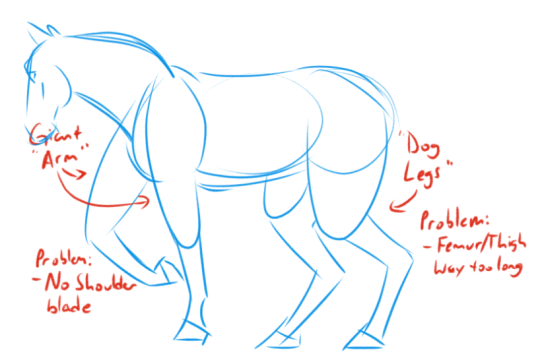
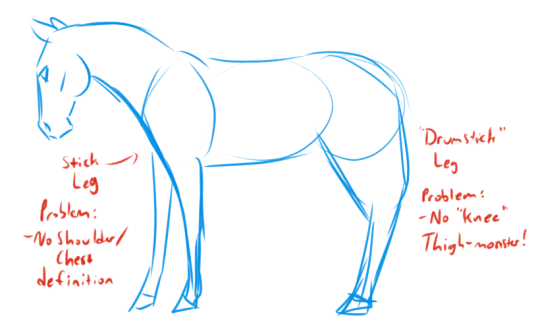
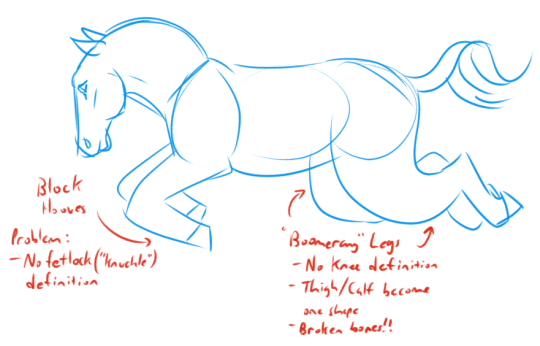
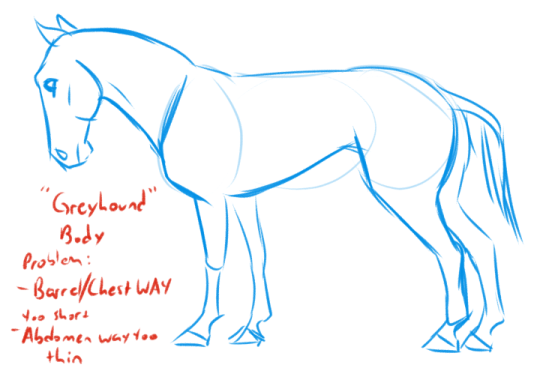

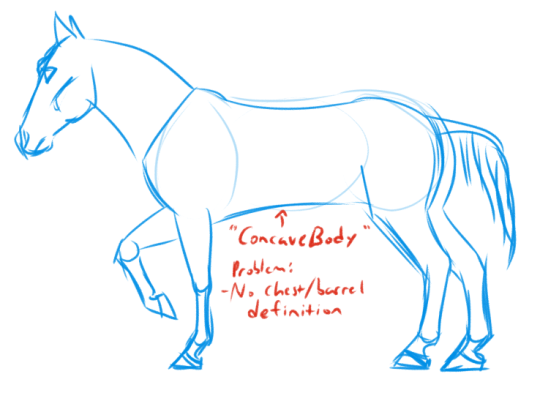
Disclaimer: I am in no way claiming that these ways are the only ways to draw a horse, nor am I in any way claiming that I am an expert on drawing photorealistic horses. I’m really not!! I’ve just been drawing them for fun for many years and thought this might help someone get started on their own studies. Take my advice/drawings with a grain of salt, and as always, observation and study of the real thing and, above all, PRACTICE is your best friend when learning how to draw anything better. Good luck, and have fun!
Post link
Carvedcoin.com coming soon #newworldordnance #hobonickel #skull #coin #money #coins #cash #collector #design #art #makersgonnamake #challengecoin #design #skeleton #anatomy #medical #human #bones #cutting #metal #tattoo
Rossana Taormina for SUNDAY SALE
5 gennaio 2020
ore 11:00 - 21:00
Haus der Kunst
Cantieri Culturali alla Zisa
Via Paolo Gili 4
Palermo
www.vonholdenstudio.com
[email protected]
duesseldorfpalermo.com
[email protected]
Post link

Pencil illustration of polycystic kidney disease.
Ever wanted to own a piece of my art? Now you have a chance, I have donated this piece to Kidney Care U.K. to raise funds for World Kidney Day. Head over to their auction page to place a bid and support a great organisation
This has been in progress for probably six months and I’m never going to finish it so here it is
.
I wish I remembered who I used as a reference, she’s a Russian artist on Instagram and I can’t find her account :(
.
#skeleton #bones #anatomy #sketch #procreate #portrait #study #skull
https://www.instagram.com/p/Cbc18nvgtxD/?utm_medium=tumblr
Post link
Anatomy Embroidered Notebooks
By Fabulouscatpapers. Follow the artist here & support the artist here.
Post link
Inner Beauty
Surreal anatomical portraits by Jane Lichorowic. Acrylic paint on canvas. Follow the artist here and support the art here.
Post link


